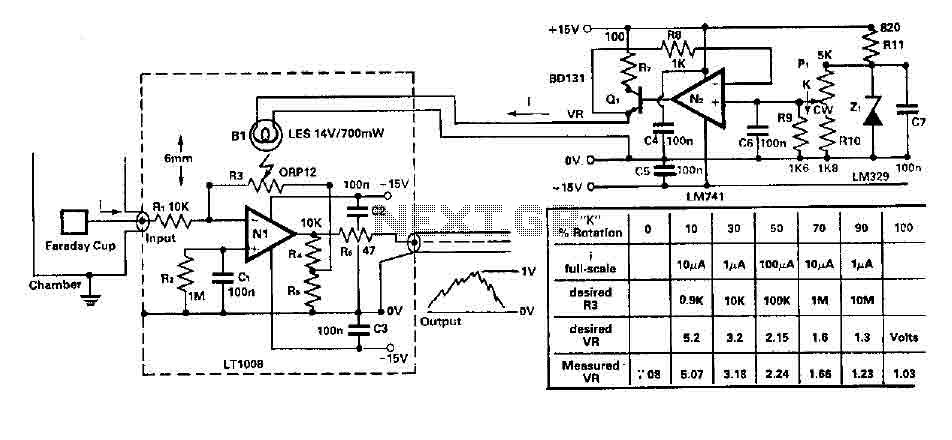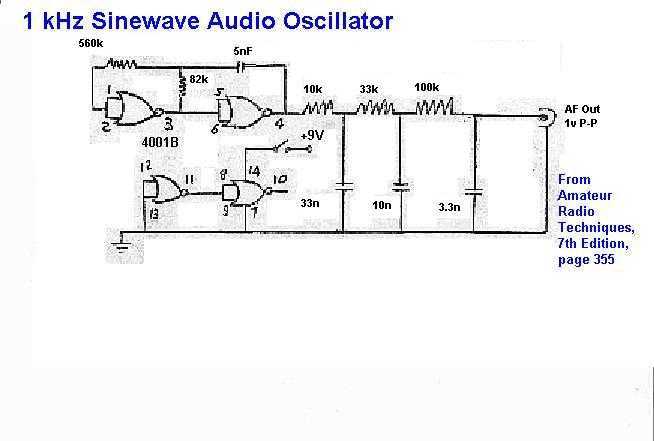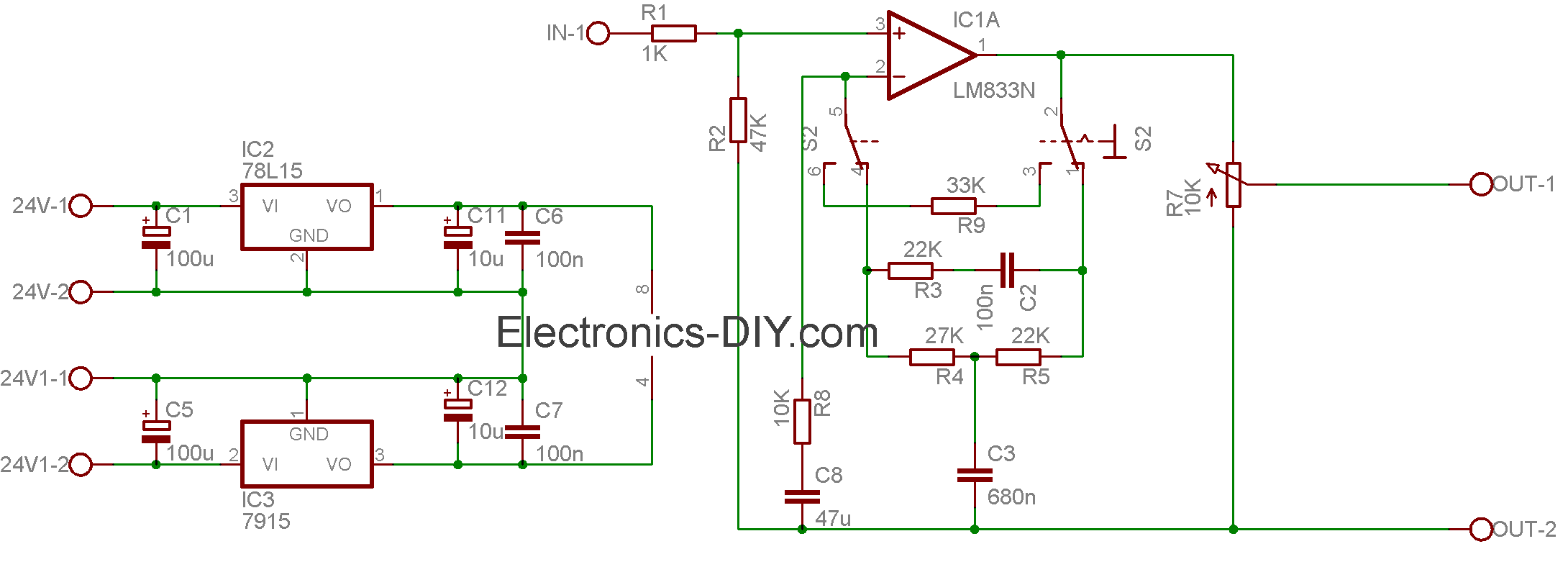
op amp Op Amp based Colpitts oscillator

An op-amp based Colpitts oscillator in Multisim displays a "timestep too small" error when the run button is pressed. Despite extensive research and attempts to resolve the issue, the error persists. The design features a C-L-C pi circuit that is grounded at both ends by an ideal ground for simulation purposes, which results in no effect on the op-amp circuit. Additionally, it appears that the op-amp output is directly connected to ground, although the distinction between a connection and a jump in the provided image is unclear.
An op-amp-based Colpitts oscillator is a type of electronic oscillator that utilizes the operational amplifier (op-amp) along with a specific configuration of capacitors and inductors to generate oscillating signals. The Colpitts oscillator is characterized by its use of a capacitive voltage divider, which establishes the feedback necessary for oscillation. In this design, the op-amp serves as the active component that amplifies the feedback signal, allowing for sustained oscillations.
In this particular implementation, the circuit's C-L-C pi configuration is critical for determining the frequency of oscillation. However, the grounding of the circuit at both ends can lead to issues in simulation environments like Multisim. The grounding creates a situation where the oscillation conditions are not met, resulting in the "timestep too small" error. This error typically indicates that the simulation is unable to resolve the circuit behavior due to inadequate time steps, often caused by improper circuit connections or configurations.
Moreover, the observation that the op-amp output appears to be directly connected to ground suggests a potential design flaw. This connection could prevent the op-amp from functioning correctly, as it would not be able to provide the necessary output voltage for feedback into the oscillator circuit. Ensuring that the op-amp output is correctly routed back into the feedback loop, rather than being grounded, is essential for the oscillator to operate as intended.
To resolve the issues presented, it is advisable to carefully review the circuit connections, particularly the feedback path and grounding configurations. Adjustments may be necessary to ensure that all components are correctly connected and that the feedback loop is intact. Additionally, verifying component values and ensuring they are suitable for the desired frequency of oscillation can help mitigate simulation errors.An op-amp based Colpitts oscillator in multisim. When I press run button it shows- "timestep too smaall error". I`ve googled and tried everything but it still shows the error. Not sure where you got that design, but as drawn your C-L-C pi circuit is grounded (by an ideal ground, for purposes of simulation) at both ends, so it willhave absolutely no effect on the op-amp circuit. The Photon Apr 17 `13 at 19:17 It also looks like the op-amp output is tied directly to ground, but I am not sure I can tell the difference between a connection and a jump in your image. The Photon Apr 17 `13 at 19:18 🔗 External reference
An op-amp-based Colpitts oscillator is a type of electronic oscillator that utilizes the operational amplifier (op-amp) along with a specific configuration of capacitors and inductors to generate oscillating signals. The Colpitts oscillator is characterized by its use of a capacitive voltage divider, which establishes the feedback necessary for oscillation. In this design, the op-amp serves as the active component that amplifies the feedback signal, allowing for sustained oscillations.
In this particular implementation, the circuit's C-L-C pi configuration is critical for determining the frequency of oscillation. However, the grounding of the circuit at both ends can lead to issues in simulation environments like Multisim. The grounding creates a situation where the oscillation conditions are not met, resulting in the "timestep too small" error. This error typically indicates that the simulation is unable to resolve the circuit behavior due to inadequate time steps, often caused by improper circuit connections or configurations.
Moreover, the observation that the op-amp output appears to be directly connected to ground suggests a potential design flaw. This connection could prevent the op-amp from functioning correctly, as it would not be able to provide the necessary output voltage for feedback into the oscillator circuit. Ensuring that the op-amp output is correctly routed back into the feedback loop, rather than being grounded, is essential for the oscillator to operate as intended.
To resolve the issues presented, it is advisable to carefully review the circuit connections, particularly the feedback path and grounding configurations. Adjustments may be necessary to ensure that all components are correctly connected and that the feedback loop is intact. Additionally, verifying component values and ensuring they are suitable for the desired frequency of oscillation can help mitigate simulation errors.An op-amp based Colpitts oscillator in multisim. When I press run button it shows- "timestep too smaall error". I`ve googled and tried everything but it still shows the error. Not sure where you got that design, but as drawn your C-L-C pi circuit is grounded (by an ideal ground, for purposes of simulation) at both ends, so it willhave absolutely no effect on the op-amp circuit. The Photon Apr 17 `13 at 19:17 It also looks like the op-amp output is tied directly to ground, but I am not sure I can tell the difference between a connection and a jump in your image. The Photon Apr 17 `13 at 19:18 🔗 External reference





